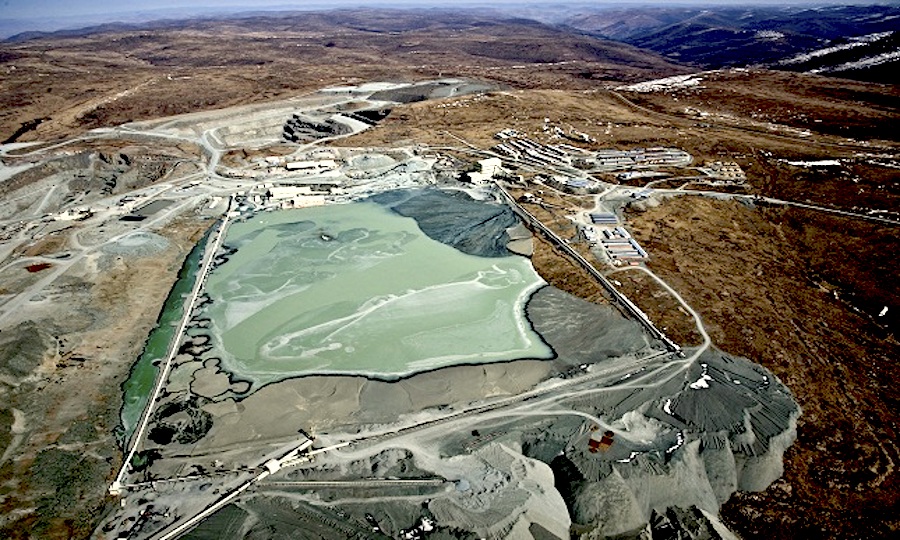
The signing of the 30-day truce between the Indigenous communities of the Cotabambas province, the Peruvian government and Las Bambas. (Image by the Presidency of the Ministers’ Council).
Peru’s executive power launched a temporary working group to keep track of the commitments agreed upon by Chinese miner MMG and the Indigenous communities protesting against its Las Bambas copper mine.

The announcement, published in the official gazette El Peruano, follows a decision regarding a 30-day truce made public on Thursday by representatives from the six communities involved in the conflict that forced MMG to halt operations for more than 50 days, the longest in the mine’s history.
The protest was started in mid-April by the communities of Fuerabamba and Huancuire, who say Las Bambas had not honoured all of its commitments to them. Both communities sold land to the company to make way for the mine, which opened in 2016.
The Chila, Choaquere, Chuicuni and Pumamarca communities joined later and all six of them will now be part of the new committee, which will operate under the umbrella of the Presidency of the Ministers’ Council (PCM). A representative from Las Bambas will also be part of the group, as will a representative from the Cusco ombudsman office and the ministers of energy and mines, environment, justice and human rights, women and vulnerable populations, agricultural development and irrigation, health and education.
According to ministerial resolution N° 182-2022-PCM, the committee will be in charge of establishing the procedures and schedule for each party to fulfill the commitments they’ve subscribed to and assessing the results of the actions carried out to honour such commitments.
Among the issues agreed upon is a promise by the Huancuire community to no longer protest inside mine property, while Las Bambas said it will halt the construction of its new Chalcobamba open-pit mine, set to be located in land formerly owned by Huancuire.
The company also said that it will evaluate and restructure the executive positions in charge of negotiations with the local communities, as community leaders say they are spurring social conflicts.
The working group has to be set up within the next 10 days, will be active for 60 days from the day it is installed and will also have to establish six subgroups that will be in charge of implementing the specific agreements related to each of the communities involved in the negotiations.
The initial 60-day period can be extended for another two months but once the set time has expired, the working group only has 30 days to present a final report to the PCM.
Peru is the world’s no. 2 copper producer and Chinese-owned Las Bambas is one of the world’s largest producers of the red metal, accounting for 1% of the Andean country’s gross domestic product.


